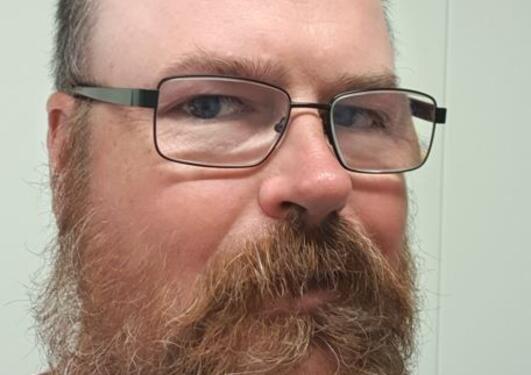Mathematical framework for handling complex geometries
In this project, the focus is on further closing between theoretical developments and efficient computational tools for real-world problems, with a concrete aim at reducing the model and discretization complexity of complex fault and fracture networks.

Main content
Modern geological descriptions include ever more complex geometric features, as the fidelity of reservoirs, faults, facies and wells increase. This has led to a dramatic increase in numerical complexity, due to the model and grid representations used. The correct mathematical framework for handling complex geometries is that of manifolds.
The pore space is modelled as a manifold, and fractures and faults, as well as intersection lines and points are represented as embedded lower-dimensional manifolds. This hierarchy of manifolds is referred to as a mixed-dimensional manifold. Differential forms on mixed-dimensional manifolds together with a differential operator and a jump operator form a double-graded cochain complex, and the associated Hodge-Laplace operator governs flow in fractured porous media. In this project we are furthering the development of the mathematical foundation for partial differential equations on mixed-dimensional geometries, by establishing relationships between equidimensional and mixed-dimensional cochain complexes.

